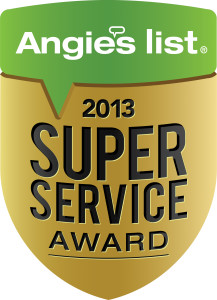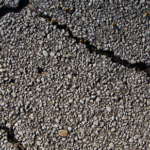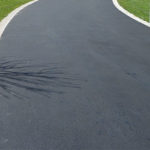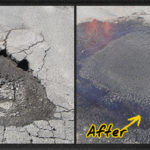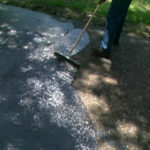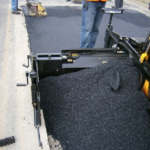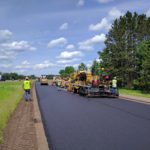When to do Guardrail Maintenance
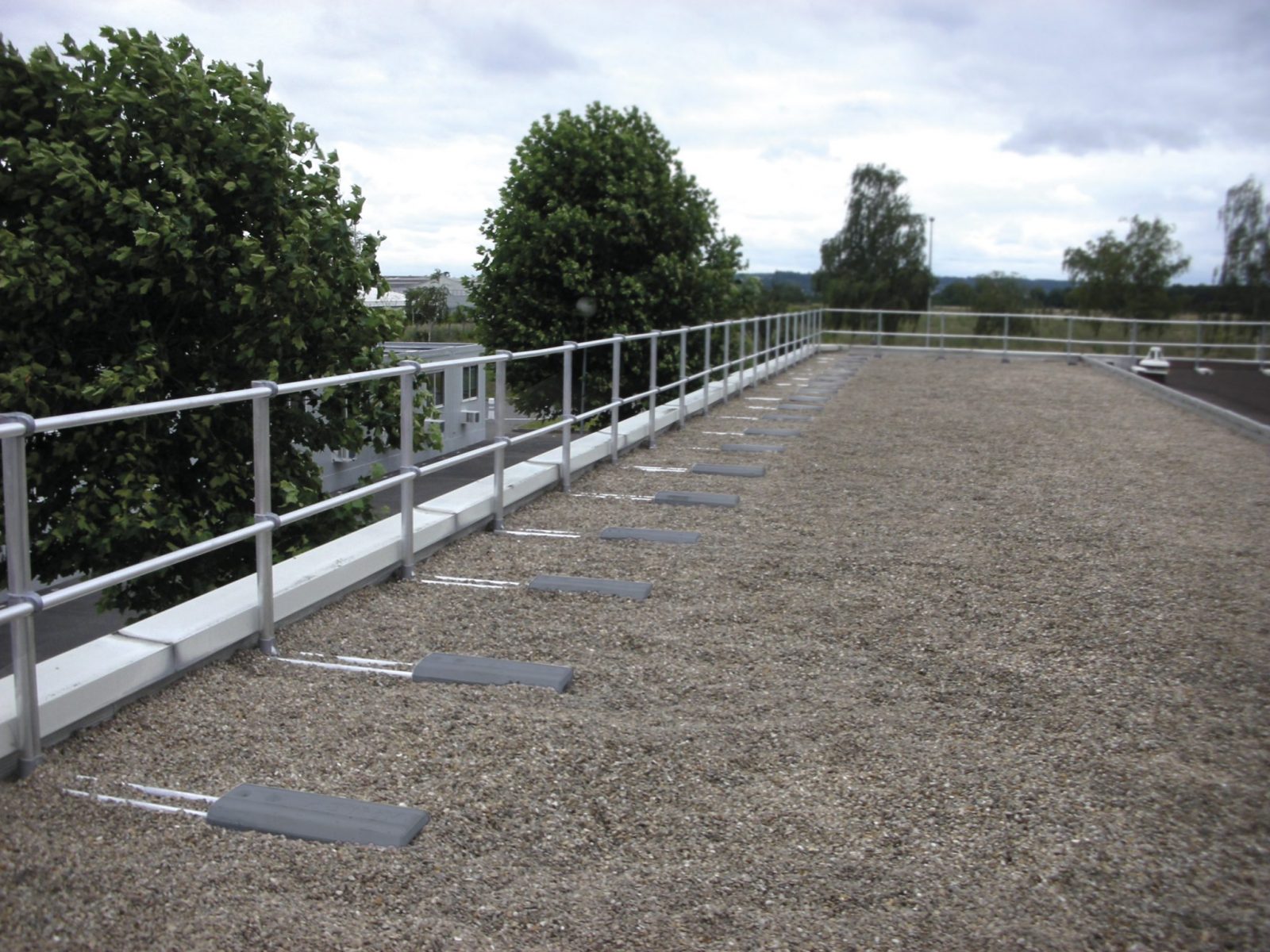 Guardrailor guardrail, sometimes referred to as guide rail or railing, is a system designed to keep people or vehicles from (in most cases unintentionally) straying into dangerous or off-limits areas. Guardrail a rail that prevents people from falling off or being hit by something.
Guardrailor guardrail, sometimes referred to as guide rail or railing, is a system designed to keep people or vehicles from (in most cases unintentionally) straying into dangerous or off-limits areas. Guardrail a rail that prevents people from falling off or being hit by something.
Most public spaces are fitted with guard rails as a means of protection against accidental falls. Any abrupt change in elevation where the higher portion is accessible makes a fall possible. Due to this responsibility and liability, rails are placed to protect people using the premises. Guardrails are generally required by code where there is a drop of 30″ or more.
Guardrails are protective devices for redirecting errant vehicles from a dangerous path. The term “guardrail” refers to those longitudinal barriers normally installed along the side of the road to prevent a vehicle from colliding with an obstruction or taking a perilous, off-roadway course where recovery of vehicle control is not reasonably possible.
There are four general types of guardrail, ranging from weakest andinexpensive to strongest andexpensive; cable and wood posts, steel and wood/metal posts, steel box-beam, and concrete barriers. While cheaper guardrail is the weakest, often being destroyed from the impact of a light vehicle, it is inexpensive and quick to repair, so this is frequently used in low-traffic rural areas. On the other hand, concrete barriers can usually withstand direct hits from a larger variety of vehicle types, making them well suited for use on high volume routes such as freeways. While rarely damaged, they would be considerably more expensive and time-consuming to repair.
Concrete barriers are frequently installed in the median, being expected to withstand frequent impacts from both sides, while the shoulders of the road often have a cheaper guardrail. Although the use of concrete barriers on the right side of the highway is becoming a much for frequent occurrence in areas where guardrail may be sustaining frequent impacts and the ability for maintenance repairs may be restricted by the general area or work windows due to high traffic volumes for most of the day.
Guardrail Maintenance
Guardrail maintenance is a key component of protecting the roadside, but when is the right time to do it? The answer is it has to do it as soon as possible and most importantly continuously. The reason is that guardrail and end treatments are designed to reduce the severity of crashes. To ensure that roadside safety features are capable of performing their intended functions, periodic review, inspection, and maintenance of in-service traffic barriers are necessary. Review, inspection, and maintenance of existing barriers should be included as part of the planning and design process for highway reconstruction or repair process. Periodic, routine inspection of roadside barriers should be a part of the normal maintenance function. Inspection may also be triggered by a crash report indicating a high severity or incidence of run-off-road crashes.
In some case when a damaged system occurs and it can be a hazard, then it requires repair as soon as possible.When a guardrail installation is damaged, a review should be made to determine whether it is feasible to upgrade the installation to current design standards. “Guardrail Damage Ahead” signs should be installed only when substantial damage occurs to guardrail barriers or attenuators which causes them to not function properly. Repairs should be made as soon as practical. The following items should generally be considered in this analysis:
- Is the section of guardrail still required under current design standards?
- Can the guardrail installation be avoided with the elimination of the hazard or the flattening of the slope?
- If it is determined that the guardrail is still necessary and more than approximately 25 percent or more of the installation requires replacement, the installation should be upgraded to current design standards.
Contact us
 Phone Call |
 Text Message |
 |

